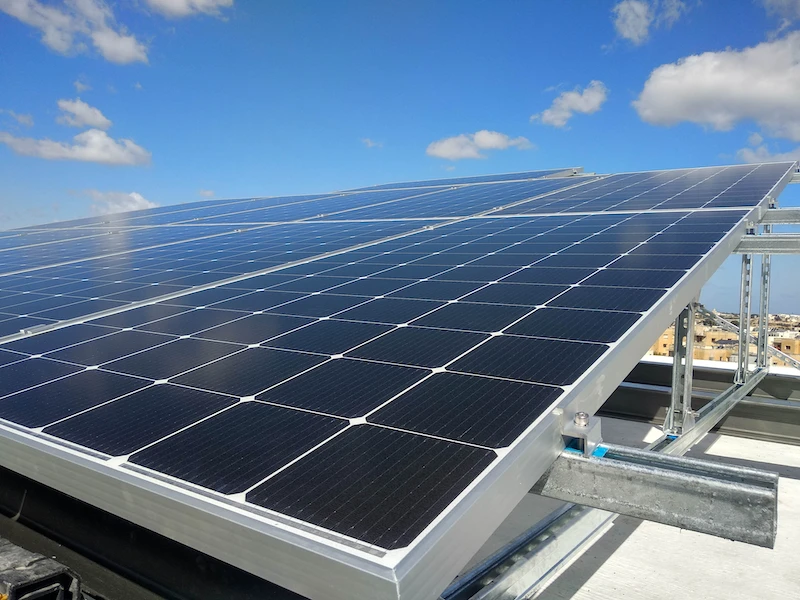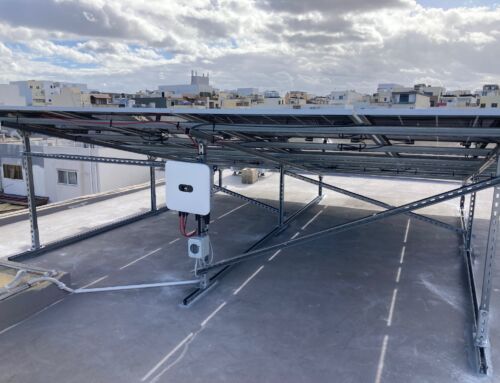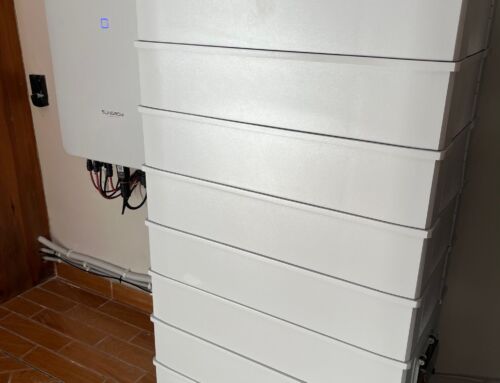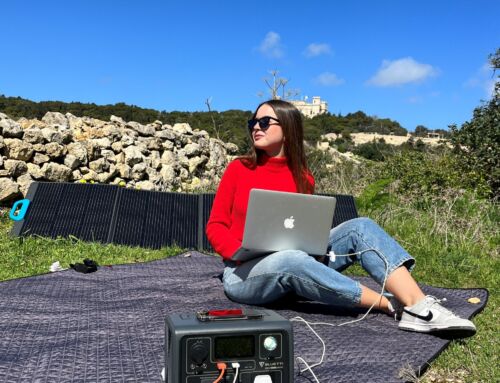When solar panels are wired in series, even a little bit of shade cast onto just a part of one solar panel would immediately cause significant loss in performance across the entire string of connected panels. Shadows may be cast by any object in close proximity to PV array, such as nearby buildings, trees, chimneys, walls and so on.
However, we have several solutions in case part of PV array is affected by shade. For example, we can split PV array into two separate PV strings, each connected to a separate MPPT port of the inverter. Therefore any loss in performance on one PV string would not affect the other string which is not exposed to shade at the same time. Thus the problem is halved.
We can also design mounting structure for PV panels that would avoid most or all of the impact of shade.
Due to internal circuit design of a solar panel, sometimes placing the panel affected by shade in landscape orientation as opposed to in portrait can also alleviate the problem.
Finally, when some shade is unavoidable, we can fit solar panels affected by shade with optimizers, which effectively render each solar panel an independent solar power station. These optimizers are smart, as they constantly communicate with each other and with the inverter to adjust voltage and current output of each solar panel to ensure optimum output of PV array as a whole.
As in the case of this installation in Mosta, where some shading from chimney located directly south from PV array was unavoidable, optimizing affected panels can drastically improve performance of entire system.
Activity tags




